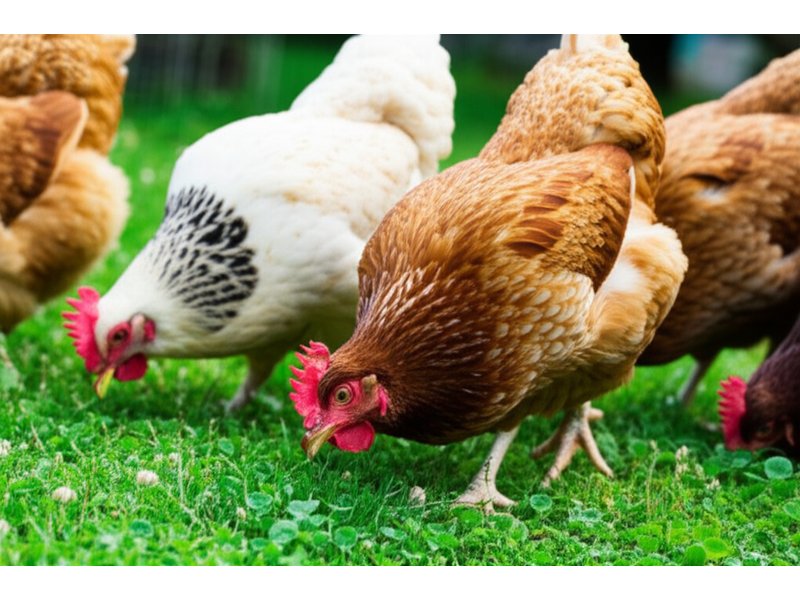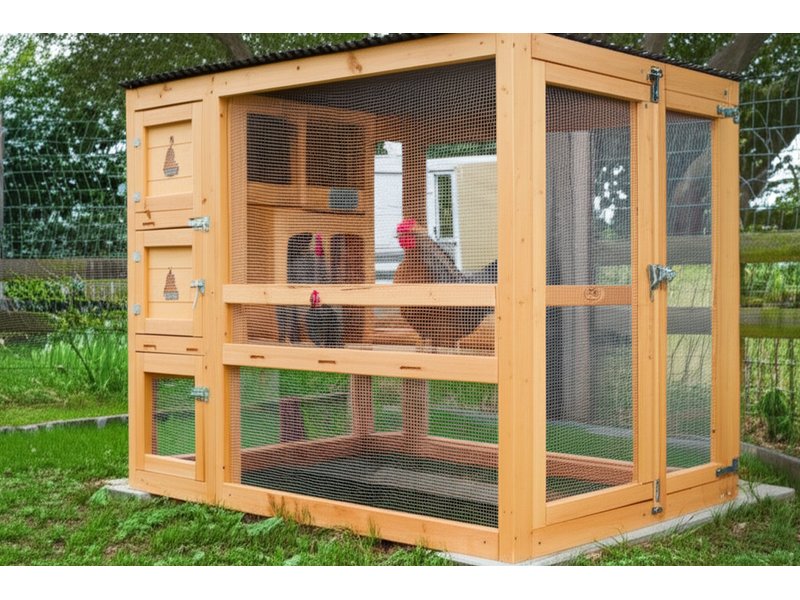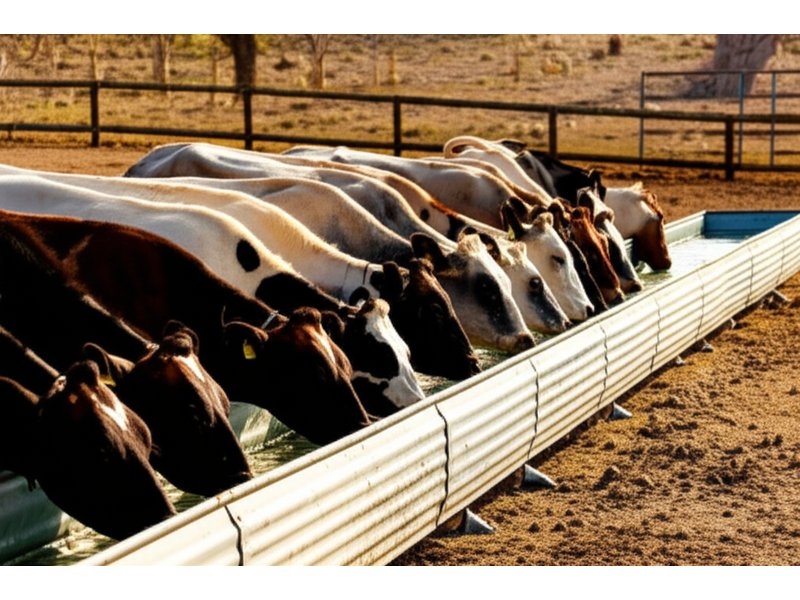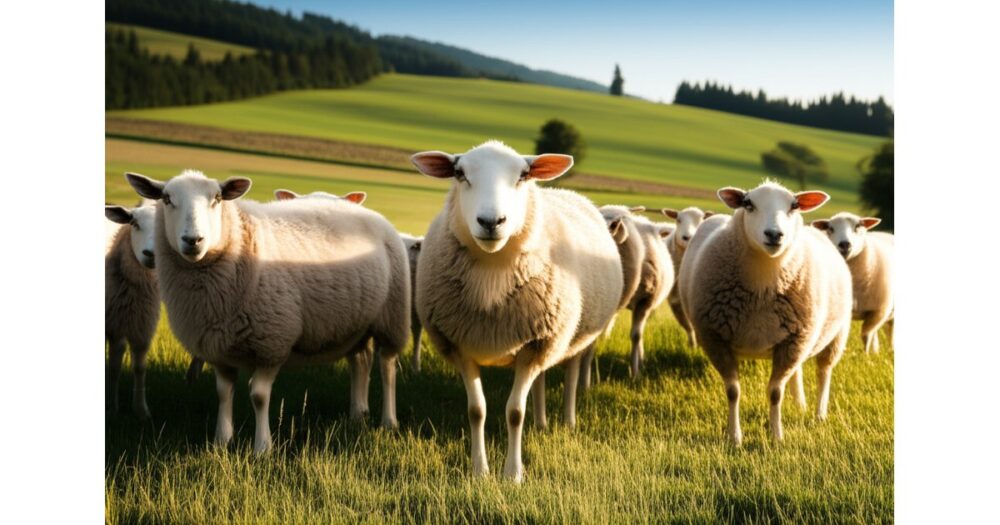Ready to take your homesteading skills to the next level with natural animal healthcare? If you’ve mastered the basics and are looking for more advanced techniques to improve your self-sufficiency, you’ve come to the right place.
This in-depth guide covers the nuanced strategies and time-tested methods that experienced homesteaders use to maximize their results with natural animal healthcare. We’ll dive deep into the science behind these techniques and show you how to adapt them to your specific situation and goals.
In this advanced guide, you’ll discover:
- Professional-level techniques for natural animal healthcare
- How to troubleshoot common challenges
- Advanced strategies for maximizing efficiency
- Integration with other homestead systems
- Scaling methods for larger operations
Getting Started with Natural Animal Healthcare
Natural Animal Healthcare is one of the most rewarding aspects of homesteading, providing fresh food, natural fertilizer, and valuable life lessons for the whole family. However, success requires careful planning, proper facilities, and a commitment to animal welfare and responsible husbandry practices.
Understanding Animal Needs
The Five Freedoms of Animal Welfare
Every homestead animal deserves:
1. Freedom from hunger and thirst
2. Freedom from discomfort
3. Freedom from pain, injury, or disease
4. Freedom to express normal behavior
5. Freedom from fear and distress
Basic Requirements for All Livestock
- Adequate shelter from weather and predators
- Clean, fresh water available at all times
- Appropriate nutrition for species and life stage
- Sufficient space for natural behaviors
- Regular health monitoring and veterinary care
Choosing the Right Animals for Your Homestead
Factors to Consider
- Available space and facilities
- Local zoning laws and regulations
- Time commitment for daily care
- Initial investment and ongoing costs
- Family experience and comfort level
- Climate suitability for chosen species
Starting Small and Scaling Up
Begin with easier species before adding more challenging animals:
- Chickens: Great for beginners, provide eggs and meat
- Rabbits: Efficient protein production, minimal space needs
- Goats: Excellent for brush clearing and milk production
- Sheep: Good for wool, meat, and pasture management
- Pigs: Efficient converters of waste to meat
- Cattle: Require more space but provide substantial meat and milk
Chicken Keeping Fundamentals
Choosing Your Flock
Breed Selection Considerations
- Egg production vs. meat production vs. dual-purpose
- Climate tolerance and hardiness
- Temperament and family-friendliness
- Heritage breeds vs. commercial hybrids
- Local availability and support
Popular Beginner Breeds
- Rhode Island Red: Hardy, good egg layers
- Buff Orpington: Gentle, cold-hardy, dual-purpose
- Australorp: Excellent egg production, calm temperament
- Barred Rock: Reliable layers, good foragers
- Easter Egger: Colorful eggs, friendly personalities
Housing and Facilities
Coop Requirements
- 4 square feet per bird inside the coop
- 10 square feet per bird in outdoor run
- One nesting box per 4-5 hens
- Roosting bars 18-24 inches off the ground
- Adequate ventilation without drafts
Predator Protection
- Hardware cloth (not chicken wire) for security
- Buried or bent wire to prevent digging
- Secure latches on all doors and windows
- Motion-activated lights or alarms
- Guardian animals where appropriate
Daily Care and Management
Feeding and Nutrition
- High-quality layer feed as base diet
- Fresh water changed daily
- Calcium supplements for laying hens
- Healthy treats in moderation (10% of diet)
- Grit for digestion if free-ranging is limited
Health Monitoring
- Daily observation for changes in behavior
- Weekly weight checks for breeding birds
- Monthly coop cleaning and maintenance
- Seasonal health assessments
- Relationship with poultry veterinarian

>
Sustainable Livestock Management
Rotational Grazing Systems
Benefits of Rotation
- Prevents overgrazing and soil compaction
- Breaks parasite life cycles naturally
- Improves pasture health and productivity
- Maximizes forage utilization
- Reduces feed costs
Implementation Strategies
- Divide pastures into multiple paddocks
- Move animals before grass is overgrazed
- Allow adequate rest periods for regrowth
- Monitor grass height and condition
- Adjust rotation speed based on growth rates
Integrated Pest Management
Using Animals for Land Management
- Chickens for insect control and soil cultivation
- Goats for brush and weed management
- Pigs for land clearing and soil preparation
- Ducks for slug and snail control
- Guinea fowl for tick and pest management
Natural Health Care
Preventive Medicine
- Proper nutrition and clean water
- Adequate shelter and stress reduction
- Regular observation and early intervention
- Quarantine procedures for new animals
- Vaccination schedules as appropriate
Herbal and Natural Remedies
- Apple cider vinegar for digestive health
- Diatomaceous earth for parasite control
- Herbs for immune system support
- Essential oils for respiratory health
- Probiotics for gut health maintenance

>
Advanced Animal Husbandry
Breeding Programs
Genetic Management
- Maintain breeding records and pedigrees
- Select for desired traits and characteristics
- Avoid inbreeding through careful planning
- Consider hybrid vigor in crossbreeding
- Preserve heritage genetics when possible
Reproductive Management
- Understand breeding cycles and seasons
- Provide proper nutrition during breeding
- Monitor pregnancies and prepare for births
- Plan for adequate facilities and care
- Develop markets for offspring
Value-Added Production
Processing and Marketing
- Learn proper processing techniques
- Understand regulations and requirements
- Develop direct marketing strategies
- Create value-added products
- Build customer relationships and loyalty
Record Keeping
- Track feed costs and consumption
- Monitor production and performance
- Calculate profitability by enterprise
- Maintain health and treatment records
- Document breeding and genetic information

>
Economic Considerations
Startup Costs
- Initial animal purchase prices
- Housing and facility construction
- Fencing and containment systems
- Feed and equipment investments
- Veterinary and health care supplies
Ongoing Expenses
- Daily feed and supplement costs
- Bedding and maintenance supplies
- Veterinary care and medications
- Utilities and infrastructure maintenance
- Labor and time investments
Revenue Opportunities
- Egg and meat sales
- Breeding stock and genetics
- Manure and compost sales
- Agritourism and education
- Value-added product development
Safety and Legal Considerations
Zoning and Regulations
- Check local ordinances before acquiring animals
- Understand setback requirements
- Obtain necessary permits and licenses
- Follow processing and sales regulations
- Maintain good neighbor relations
Biosecurity Measures
- Quarantine new animals before introduction
- Limit visitor access to animal areas
- Disinfect equipment between uses
- Monitor for disease signs and symptoms
- Develop emergency response plans
Success with natural animal healthcare requires dedication, continuous learning, and genuine care for animal welfare. Start with species that match your experience level and gradually expand as you develop skills and confidence. Remember that animals depend on you for their daily care, so ensure you’re prepared for the long-term commitment before bringing them to your homestead.
Building Your Natural Animal Healthcare Success
The path to mastering natural animal healthcare is unique for every homesteader, but the principles remain consistent: start where you are, use what you have, and do what you can. Every expert was once a beginner, and every successful homestead started with a single step.
Focus on continuous improvement rather than perfection. Small, consistent actions compound over time to create remarkable results. Trust the process, stay committed to your goals, and remember that setbacks are temporary while the skills you’re building will serve you for a lifetime.
Your journey with natural animal healthcare is not just about achieving self-sufficiency—it’s about reconnecting with the land, building resilience, and creating a legacy of sustainability for future generations.
—
Related Articles:
- [Homesteading for Beginners](https://homesteadingalliance.com)
This post may contain affiliate links. As an Amazon Associate, we earn from qualifying purchases at no extra cost to you. Read our full disclosure policy.



